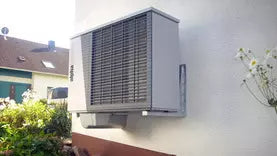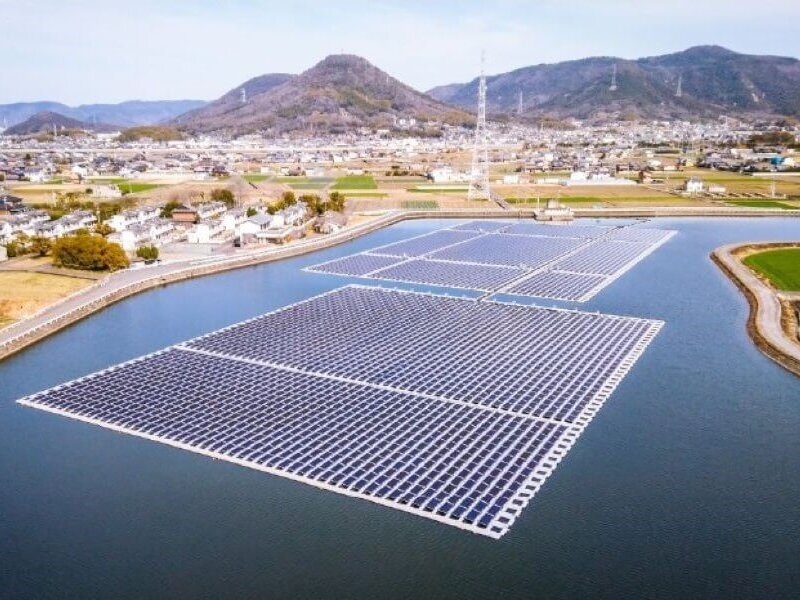https://solarquarter.com/2022/12/09/cyprus-completes-amendment-of-plan-for-production-of-electricity-from-renewable-energy-sources-for-self-consumers/
Cyprus Completes Amendment Of Plan For Production Of Electricity From Renewable Energy Sources For Self-Consumers
Reading Time: 4 minutes
The Ministry of Energy, Trade, and Industry (YEEB) announce that the public consultation has been completed in relation to the amendment, simplification, modernization, and effective implementation of the Plan for the Production of Electricity from Renewable Energy Sources for Self-Consumers.
The main changes of the Plan in relation to the existing Self-Consumption Plan, which will be submitted by YEEB to CERA for its opinions, are the following:
Net-Metering
- Removal of sizing submission for systems below 4.16 kW.
- Power increase in single-phase systems from 4.16 kW to 5.2 kW with the installation of an energy storage system.
- 100% of annual consumption remains for systems over 4.16 kW.
- The installation of a Remote Control System (Ripple Control) is mandatory for all PV systems with an installed capacity of more than 4.16 kWp (or 5.2 kWp with storage), according to the technical requirements of the DSO (EAC) (Consultation Comment 24).
- In the event that an applicant has surpluses exceeding 20%, then these surpluses will be reduced to the level of 20% of the annual consumption and will be compensated at the end of each twelve-month period at the energy price determined by CERA.
Net-Billing
- Abolition of PV maximum power based on annual consumption (only the technical limitations and the general limit of 1 MW of the 8 MW in the current Plan remain).
- Systems larger than 1 MW will be able to participate directly in the Electricity Market (or the Transitional Electricity Market) with bilateral contracts with all suppliers, including EAC Supply.
- A provision is introduced for compensation of excess energy up to 20% beyond the imported energy.
- In cases where the exported energy far exceeds the imported energy (e.g. >120%), then the producer will have the option to join the Transitional Electricity Market, or AAA when it comes into force, ensuring the appropriate license from CERA.
Virtual Net – Metering
Introduction of a new category for wineries, while increasing the limit for farmers up to 100 kW (from 20 kW).
Virtual Net – Billing ( introduction of a new category) as follows:
- 150 kW per electricity bill. For the purposes of a fairer distribution of the available power in Category E, it is proposed that a limit be set for the right to install a photovoltaic or photovoltaic system with a total power of up to 150 kW per beneficiary. This limit may be revised by the respective Minister depending on the interest that will arise. Central Government public buildings included in the Recovery and Resilience Plan are excluded.
- Up to 500 kW per electricity consumption bill of each eligible beneficiary (Natural and Legal persons), with the mandatory use of energy storage for all producers, provided that there is a possibility of connection.
General Provisions
- It will not be possible to install two systems (e.g. Virtual net-billing and net-billing) that will serve the same premises in relation to EAC supply customers. (Comments 2 and 61 of consultation) .
- In the case of properties whose building permit or title deed includes the installation of a photovoltaic system, the consent of the co-owners is not required for the installation of the system, as this control has been carried out when the building permit was issued.
- The cost of the exported energy from the (virtual) net-billing systems, as well as any energy surpluses, will be determined at a price which will be different from the cost of avoidance, according to the comments of the State Aid Control Commissioner: ” It is important to unhook the whole system from the avoidance costs that have nothing to do with the real cost of energy production from RES. Therefore, a price that actually corresponds to the levels of these costs and not the avoidance costs could be capped.’






